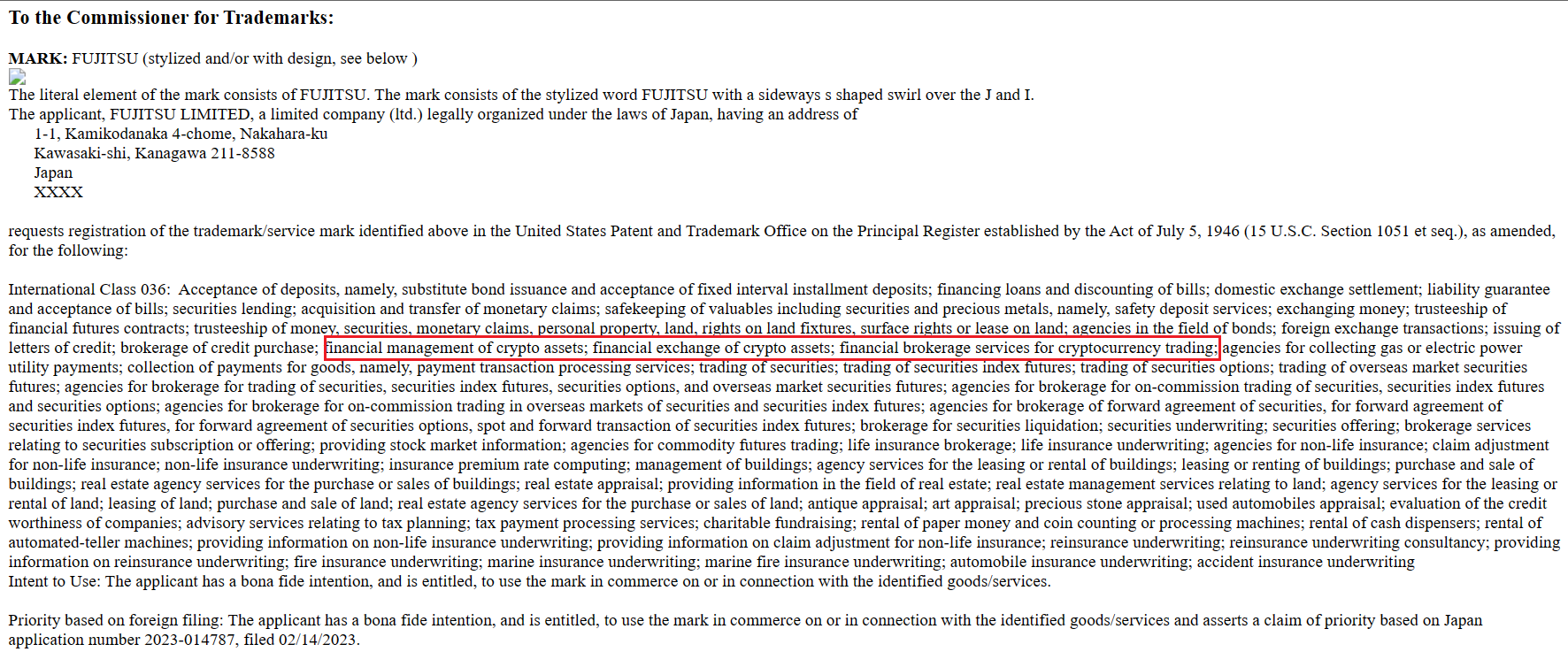Philippines SEC begins Binance ban countdown


The head of the Philippines SEC clarified that Binance and any other unregistered exchange issued with an advisory has three months before they are banned from the country.
The Philippines Securities and Exchange Commission head Kelvin Lee clarified in a panel on Dec. 13 that a ban on Binance would come into effect three months after its advisory was issued.
According to a report from local news BitPinas, Lee said there has been a lot of confusion on the internet about the ban after regulators issued an advisory to the cryptocurrency exchange for operating without a license on Nov. 28.
He was asked to clarify the matter and that the ban was “supposed to be three months from the issuance date,” which he said was given on Nov. 29.

























